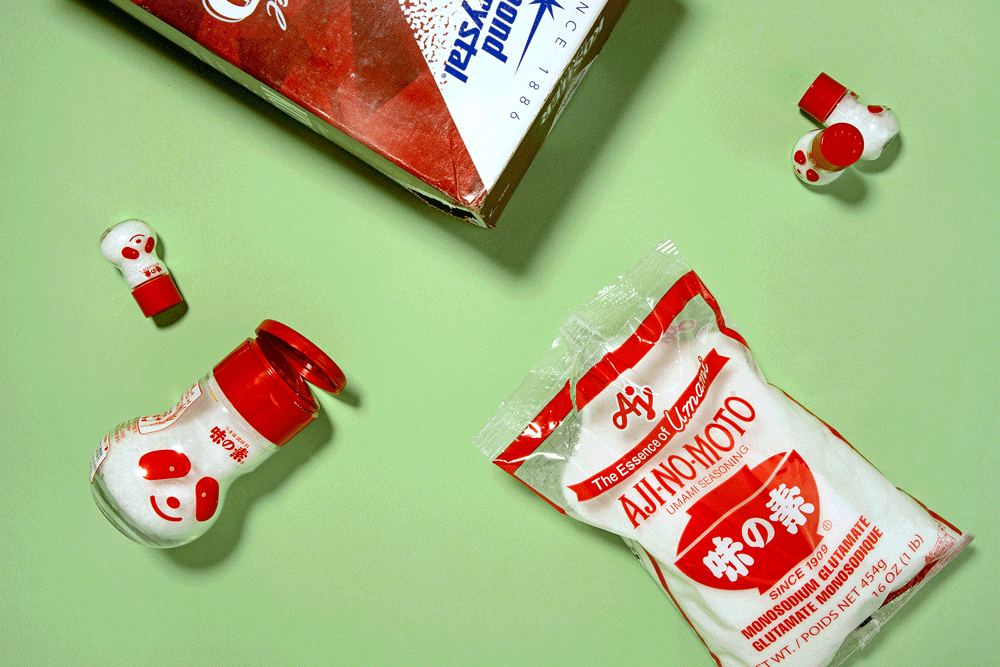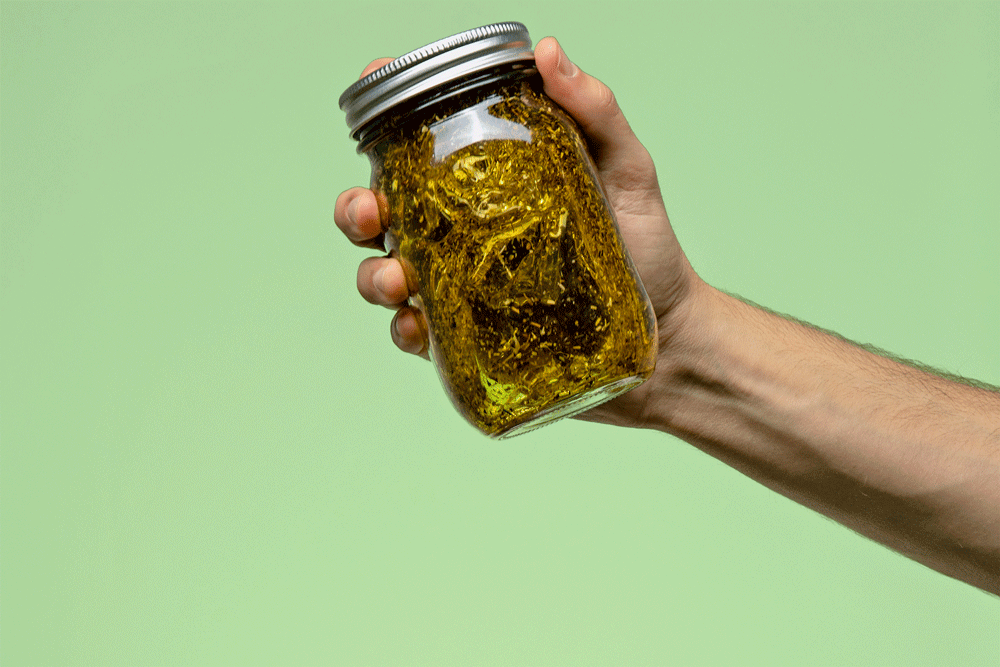
Padded with plenty of kosher salt, the seasoning can be the wind beneath your dinner’s wings.
In 1968, a letter published in the New England Journal of Medicine erroneously linked MSG—short for monosodium glutamate—to headaches and musculature pain. The article spawned a 50-year xenophobic attack on the safety of MSG and catalyzed a public health scare coined “Chinese restaurant syndrome.” Years after its scientific exoneration, the court of public opinion is still deliberating the ingredient’s place in a home kitchen—and there’s still little information on how to actually, properly, cook with MSG. This needed to change.
For years and years as a professional cook, and as a passionate home cook too, I have been a big proponent of cooking with MSG; it enhances and intensifies flavors and helps activate your taste buds so you can better taste your food. It’s that simple. If it’s added haphazardly, however, it can intensify mistakes and overwhelm the palate. Add a few too many pinches of allspice to your autumn root vegetable roast, and MSG could turn your mildly unpleasant misstep into a pumpkin-spice Hindenburg. This is why knowing how, and how much, MSG to use in various cooking techniques is imperative.
But first, buying MSG can be really confusing. There are numerous brands available, and brands call the stuff many different things: Badia brand’s offering is labeled simply “MSG,” while Accent brand’s product is labeled “Flavor Enhancer With 60% Less Sodium Than Salt.” A quick glance at the ingredients panel reveals that both products are exactly the same: pure monosodium glutamate.
My favorite brand is a Japanese one, Ajinomoto, the company that discovered MSG in 1908. I honestly like Ajinomoto for no other reason than that the packaging is extremely cool, making it a slightly easier sell to my more obstinate friends with preconceived anti-MSG prejudices. But most of the other brands work well too. Just make sure to read the label to know what you are getting.
When placed on the tongue by itself, MSG tastes like a mild salt without any unique quality. This is because MSG doesn’t have any distinct flavor, so it doesn’t change the taste of food; rather, it adds a round and rich mouthfeel designated “umami,” or the fifth taste.
Because it doesn’t hold a specific flavor, save saltiness, the easiest way to incorporate the seasoning (and make sure you’re using the proper amount) is to create a blend: make a 10:1 mix of Diamond Crystal Kosher Salt to MSG, or roughly one tablespoon of MSG for every 2/3 cup of salt, and then season as you regularly would throughout your cooking process. Adding more MSG than the 10-to-1 ratio will overwhelm your taste buds, and your food will develop a distracting and lingering mouthfeel.
Different cooking methods require different applications of the MSG-salt blend, but it works extraordinarily well with meat and fish in the form of marinades and dry rubs. Seasoning in advance gives the salt time to penetrate the cell structure and migrate throughout the meat. (You can learn more about marinating meat in my previous article.)
For salads, pure MSG is best added directly to the dressing, giving it a chance to dissolve and distribute evenly throughout. For dry and fried foods like French fries, popcorn, potato chips, and onion rings, I add MSG at the very end so that it’s the first thing in contact with your tongue and has a chance to wake up your taste buds. Finally, I like using MSG as a finishing seasoning for roasted meats along with Sel Gris or Maldon salt—a light sprinkle after slicing does wonders to season inside and adds a punch of flavor that is otherwise impossible to achieve.

